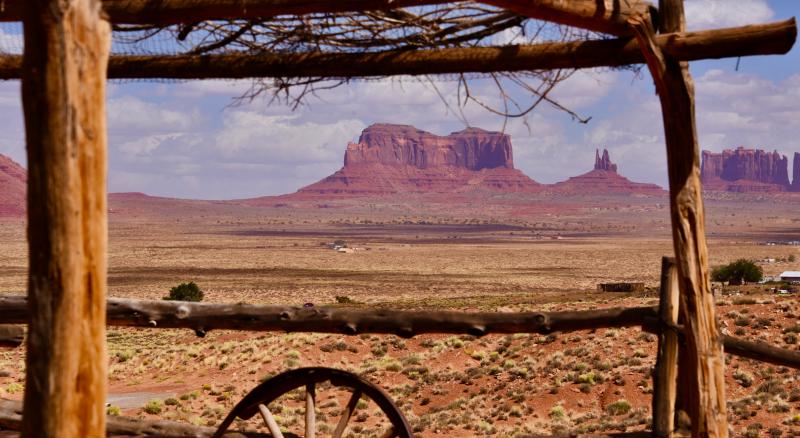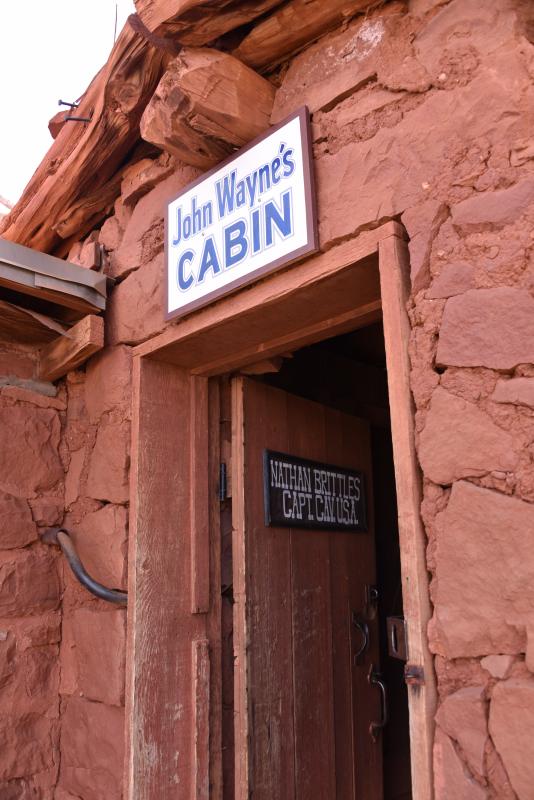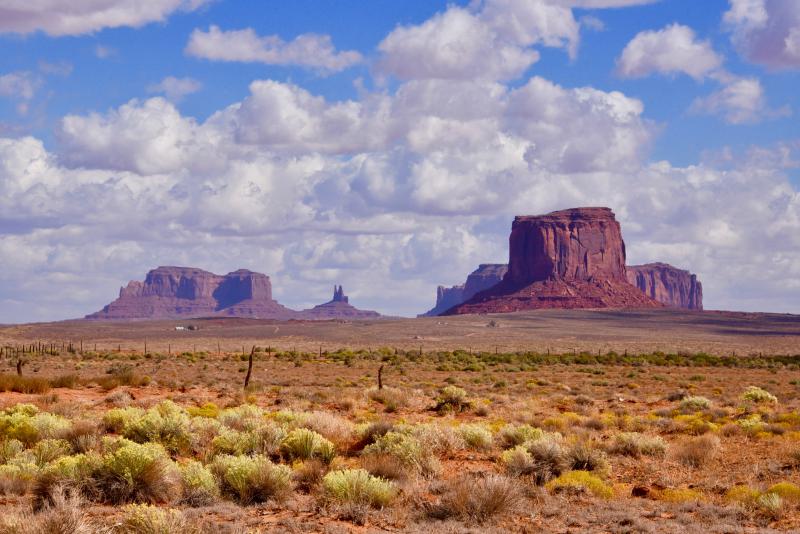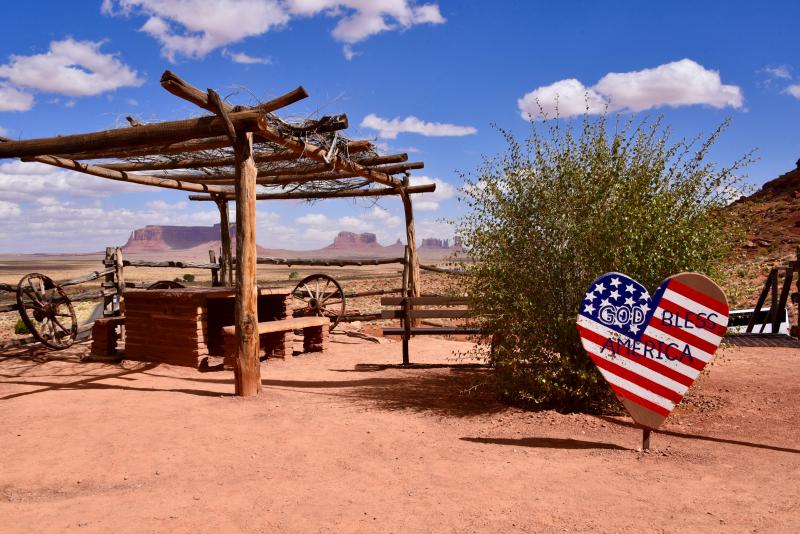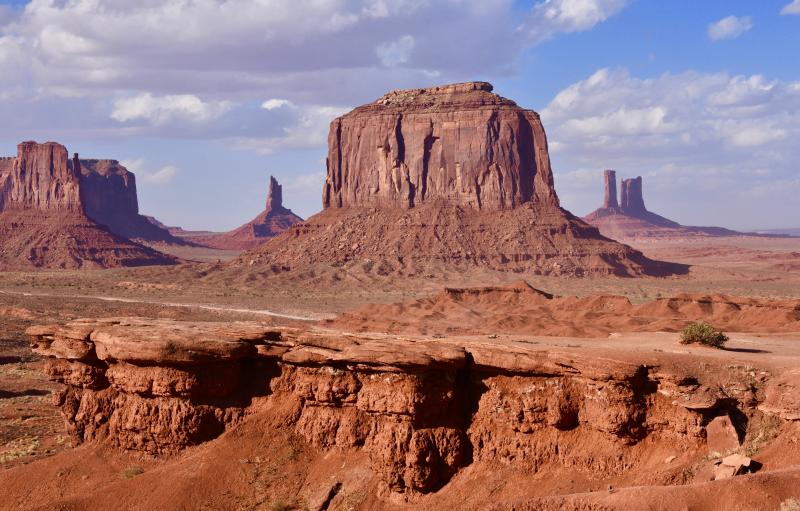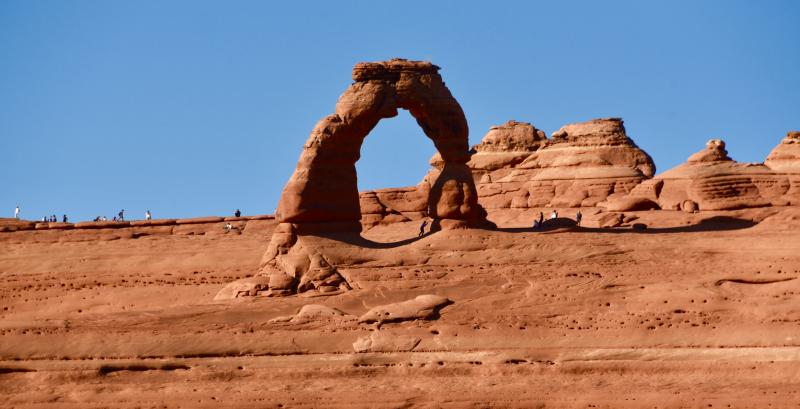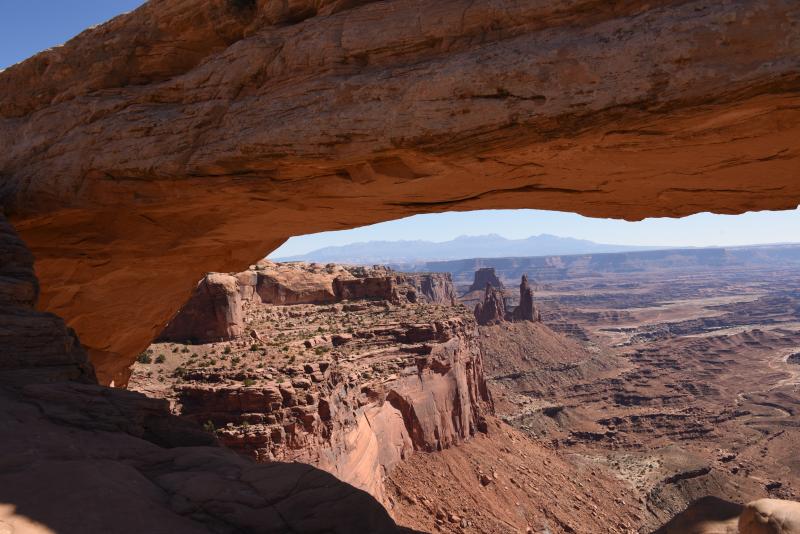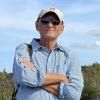The start of an adventure through the Southwest
Five national parks, several scenic byways, an All-American Road, three state parks, a national monument, two Navajo historical and spiritual sites, a few historic backways and two famous dams on the Colorado River.
We packed all of that and more into a recent trip to the Southwest, starting and ending in Las Vegas. It goes without saying that Vegas was in stark contrast to the rest of the trip.
National parks: Zion; Arches; Canyonlands; Capitol Reef; and Bryce.
State parks: Dead Horse Point; Escalante Petrified Forest; and Anasazi State Park Museum.
National monument: Grand Staircase-Escalante.
Dams: Hoover and Glen Canyon, and nearby Horseshoe Bend.
Navajo sites: Monument Valley and Antelope and Rattlesnake canyons.
All-American Road: Route 12.
Scenic roads: Trail of the Ancients; Bicentennial; Capitol Reef; Dead Horse Mesa; Mount Carmel; Potash-Lower Colorado; and Zion Park.
I made all of the arrangements for hotels and tours, and only messed up one booking. There are a few things we would have done differently on our 12-day sojourn, but everything worked out for the best.
TIME WARP: We had trouble keeping track of time as we traveled from Las Vegas to Springdale, Utah, and Zion National Park then to Page, Ariz., and Gouldings Lodge in Monument Valley. Vegas is on Pacific Time; Utah is on Mountain Time, one hour less; Arizona is on Mountain Time and does not switch to daylight saving time; but, daylight saving time is observed on Navajo reservations. Confused? So were we.
HISTORY AMID THE MONUMENTS: The idea for our trip started out with a bucket-list visit to Monument Valley near the border of Arizona and Utah. The landscape is unlike any I've ever seen.
We stayed at Goulding’s Lodge in Monument Valley, a slice of western and Hollywood history. There has to be a backstory to any place with a John Wayne cabin. In the early 1920s, Harry and his wife, “Mike,” bought 640 acres and moved to Monument Valley to establish a sheep ranch and trading post. They developed a great rapport with the area Navajos as their trading post grew.
But something else happened along the way. They ended up bringing international attention to the area when they promoted it to Hollywood director John Ford as a potential movie location.
Ford was easily sold and ended up filming 10 westerns – five with John Wayne – using majestic Monument Valley as the backdrop. Ford directed “Stagecoach” in 1939, starring little-known actor Wayne. “The Searchers,” filmed in 1956, was named by the American Film Institute as the Greatest Western of All Time. Wayne said, “Monument Valley is the place where God put the West.”
Because it's literally in the middle of nowhere, Goulding’s Lodge was the only place for the stars and crew to stay. The trading post has been turned into a museum filled with Gouldings' and movie memorabilia. It's fascinating.
Today, the property resembles a small town with lodging, camping, a restaurant, food court, gas station, car wash, laundromat, gift shop, tours and grocery store.
Over the decades, Monument Valley has been featured in dozens of films, commercials and TV shows.
Among the most notable films include “The Lone Ranger” (1925, 1981 and 2013); “Easy Rider” (1969); “The Eiger Sanction” (1975); “National Lampoon's Vacation” (1983); “Indiana Jones and the Last Crusade” (1989); “Back to the Future: Part III” (1990); “Thelma and Louise” (1991); “Forrest Gump” (1994); and “Mission Impossible 2” (2000).
Two of the films contain well-known scenes that movie buffs treasure. In “The Eiger Sanction,” stars Clint Eastwood, also the director, and George Kennedy were filmed on top of the 381-foot Totem Pole in Monument Valley. Eastwood and some of his crew climbed the formidable rock and were taken down by helicopter.
But before that, Eastwood sent the helicopter away for 30 minutes so they could take in the scenery.
Then there's “Forrest Gump.” Remember his run back and forth across the United States? That run ended on Route 163 in Monument Valley with the red rocks serving as a backdrop.
Of course, we had to stop at the spot at mile post 13, and we weren't the only ones. I had my wife video me running down the middle of the road, and a few photographs were taken as well.
OUTDOOR ADVENTURE CITY: I was shocked at the impact of the national parks on surrounding towns, especially Moab, Utah, which is located between Arches and Canyonlands national parks. Moab is growing as fast as a tumbleweed with tourism taking over as the city's main economic driver.
Believe it or not, the city was known as the Uranium Capital of the World in the 1950s, as mining, fueled by the demand for uranium during the Cold War years, dominated the economy, triggering a population and housing boom. That was followed by a bust when mining declined.
It was western movies filmed in the area and a clever marketing campaign seeking visitors to Utah's national parks that stimulated a second boom in Moab, named one of the top 20 small towns in the West.
Second-home buyers are attracted to the area because of its mild climate and abundance of outdoor opportunities. Those include mountain biking, road biking, hiking, backpacking, 4x4 roads, rafting, kayaking and canoeing on the Colorado River, rock climbing and even base jumping. The city has more than a dozen Jeep and other off-road vehicle rental spots on its main street.
I was amazed at the number of roads for 4x4 vehicles, and it seemed every other truck was hauling some sort of off-road vehicle. There were also many unpaved roads in and around the national parks.
